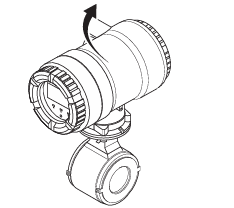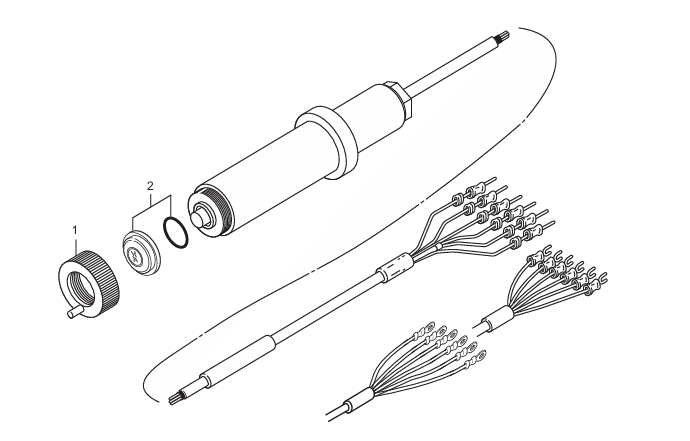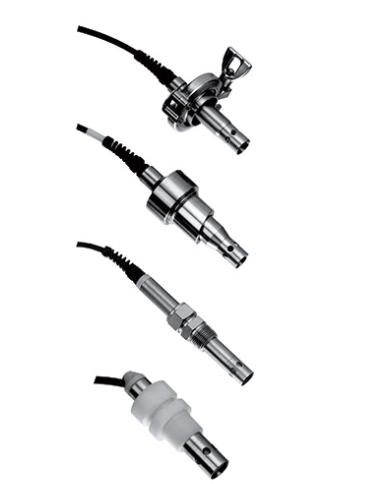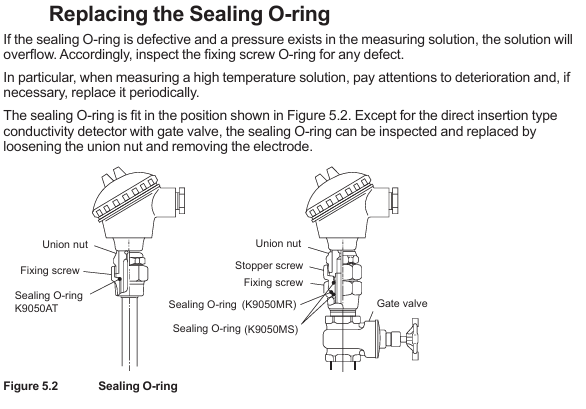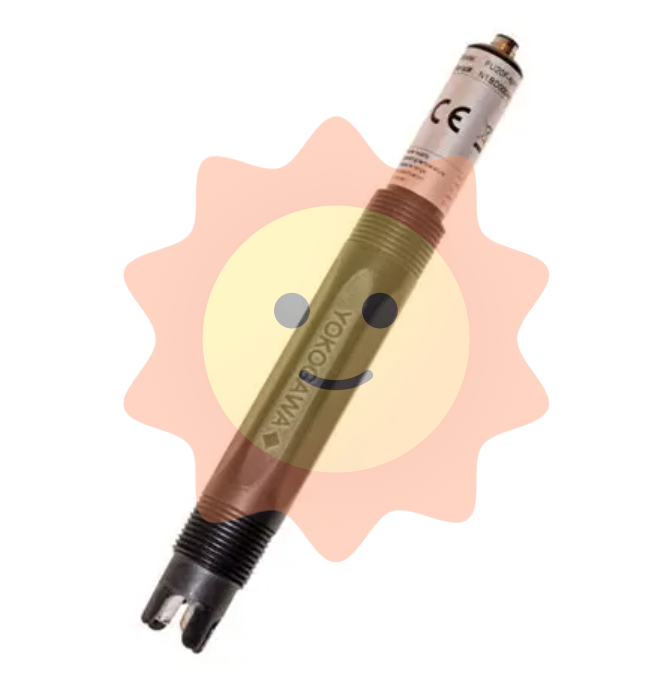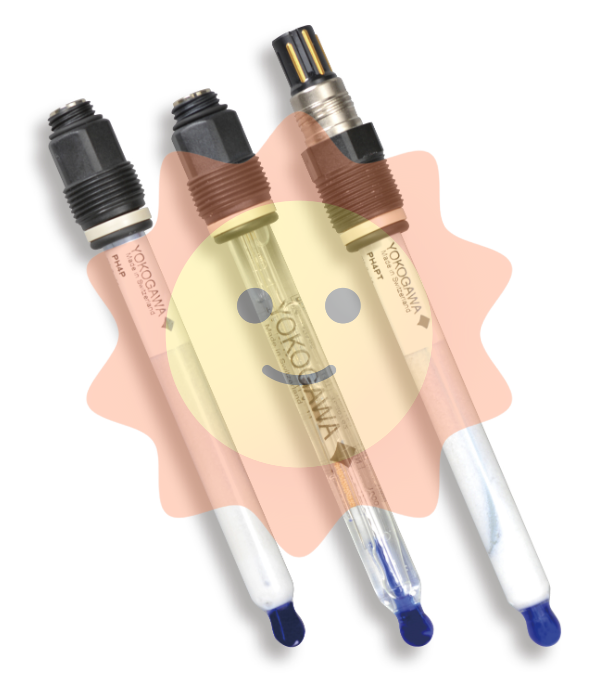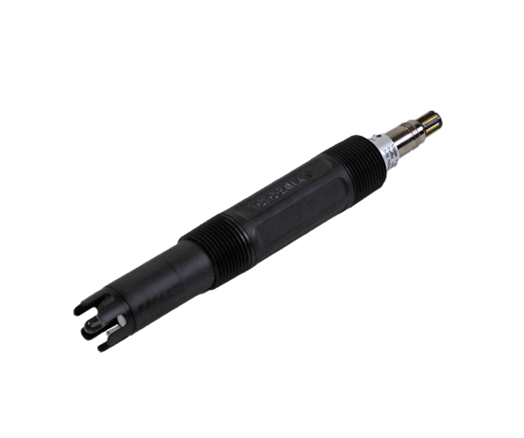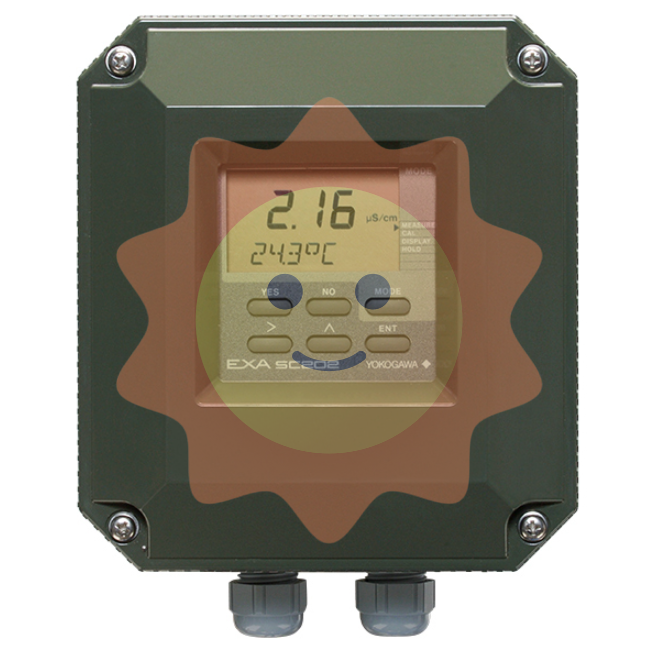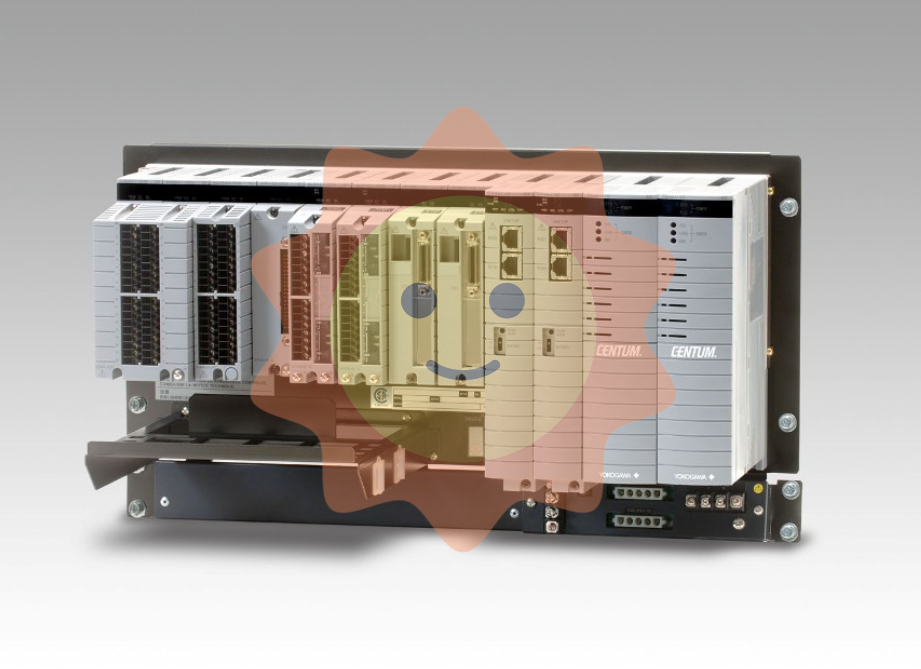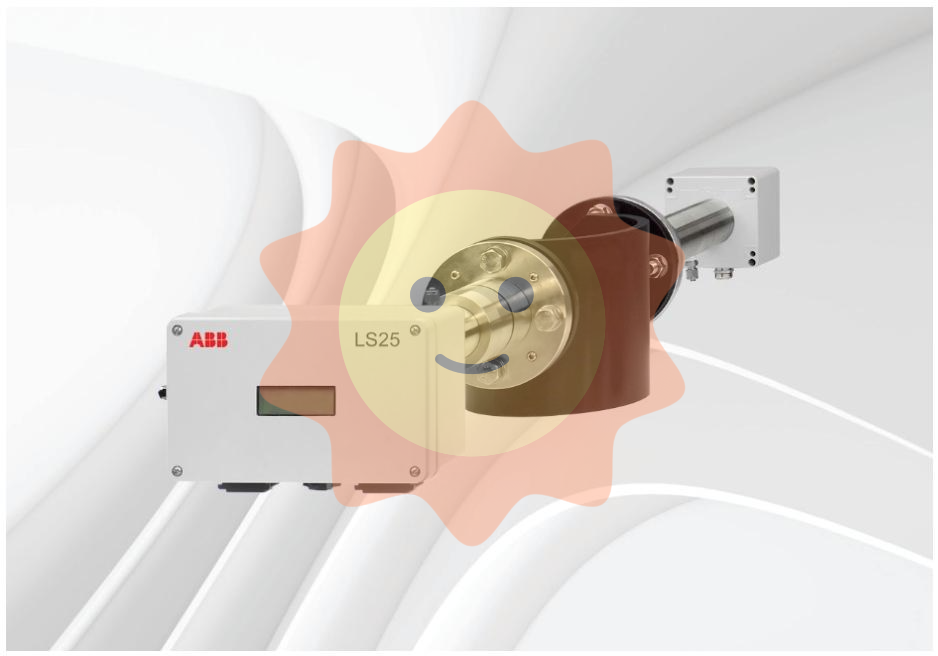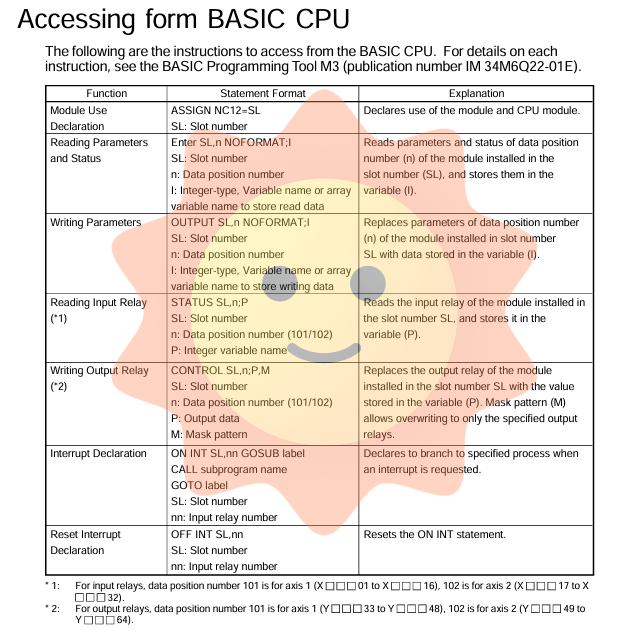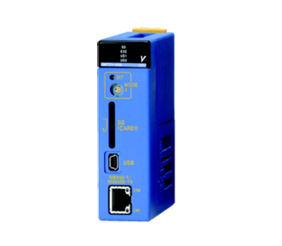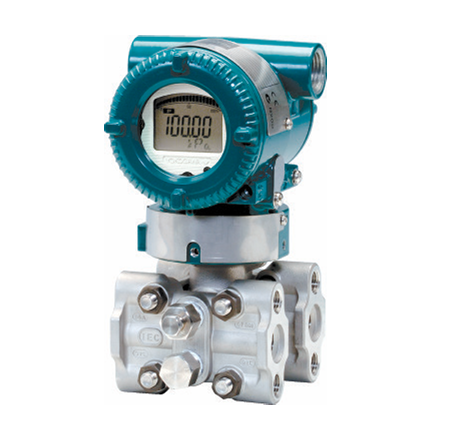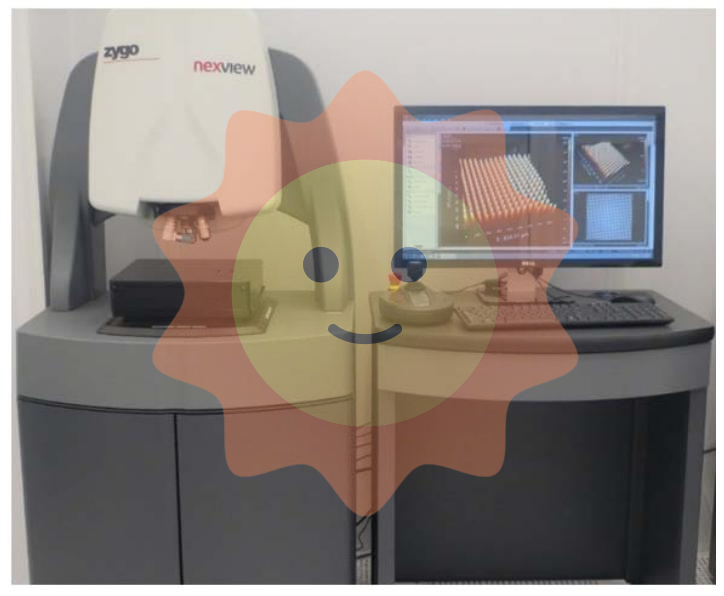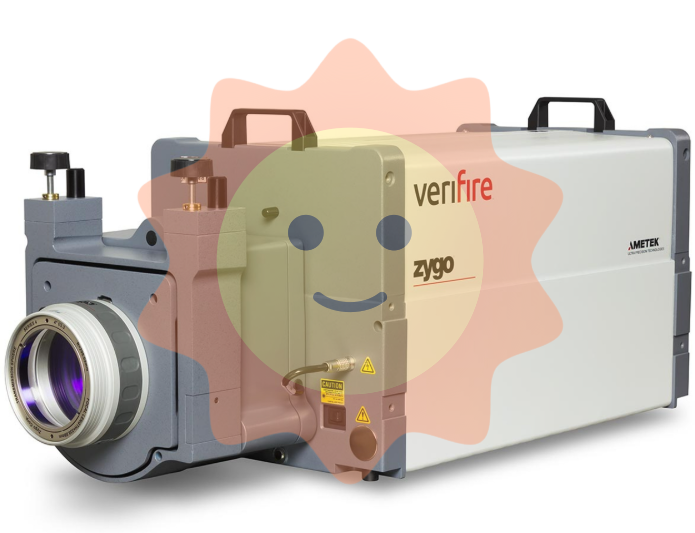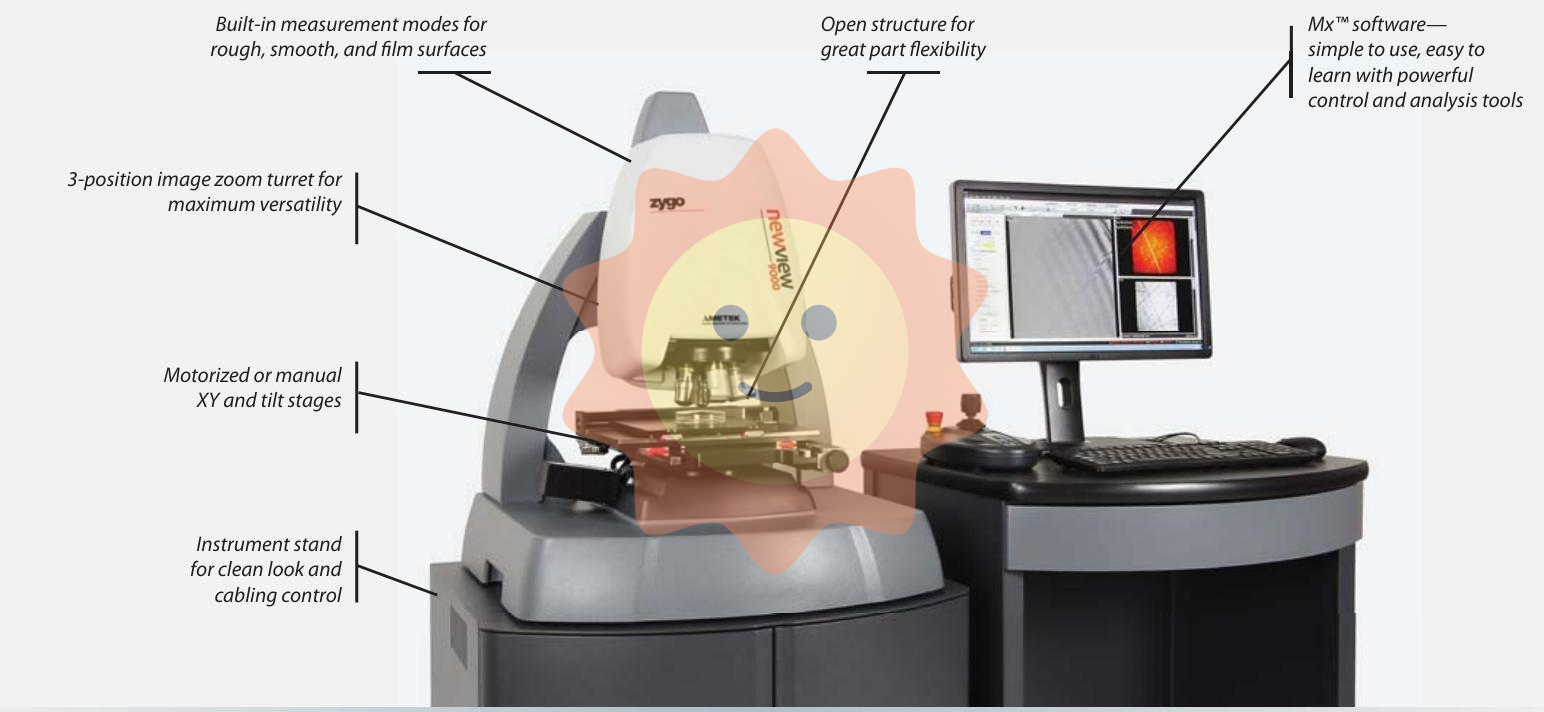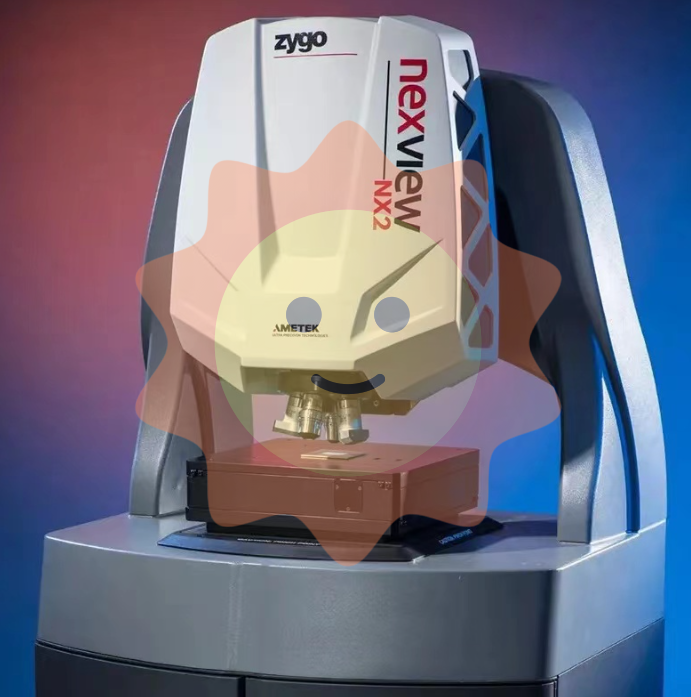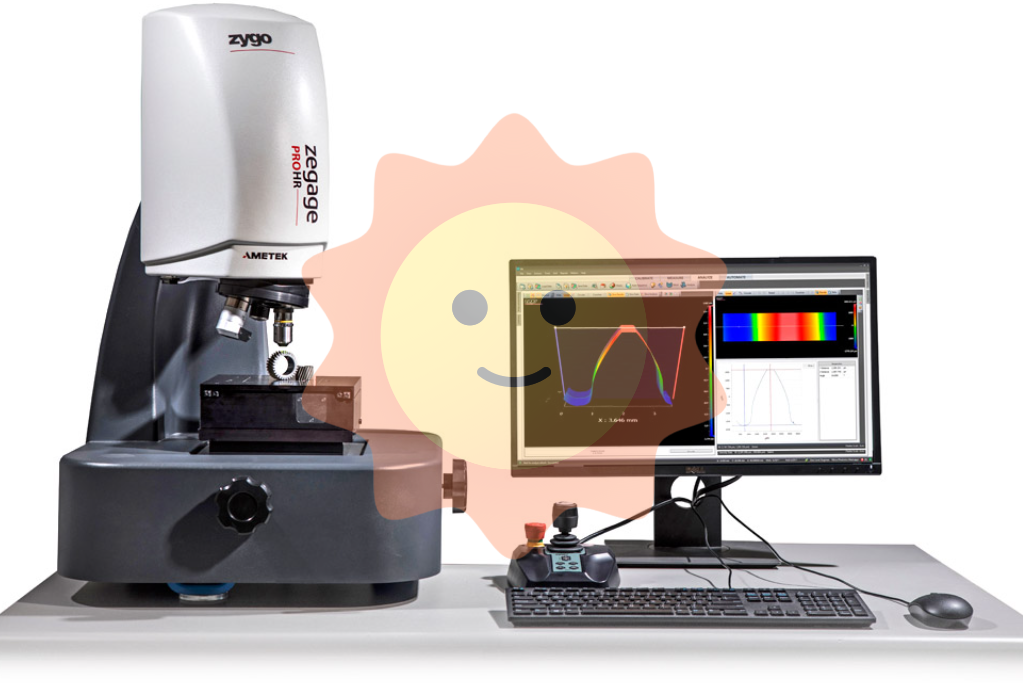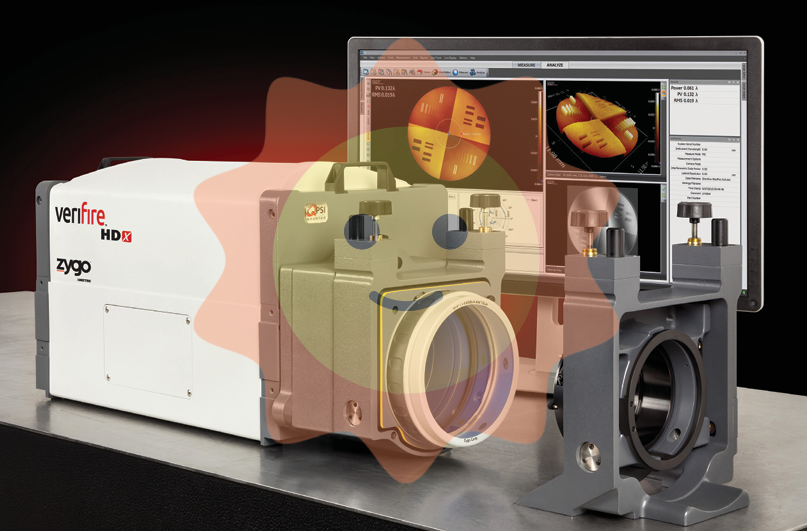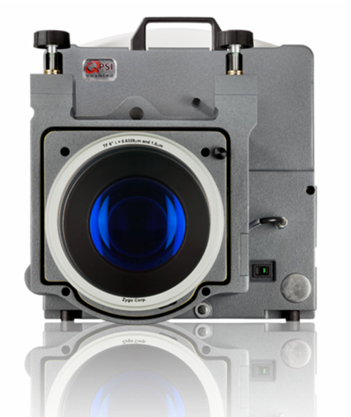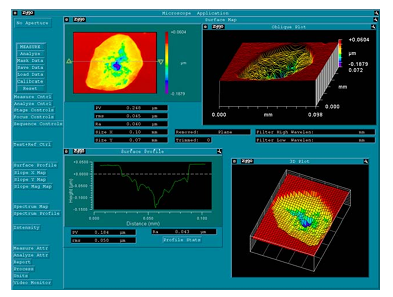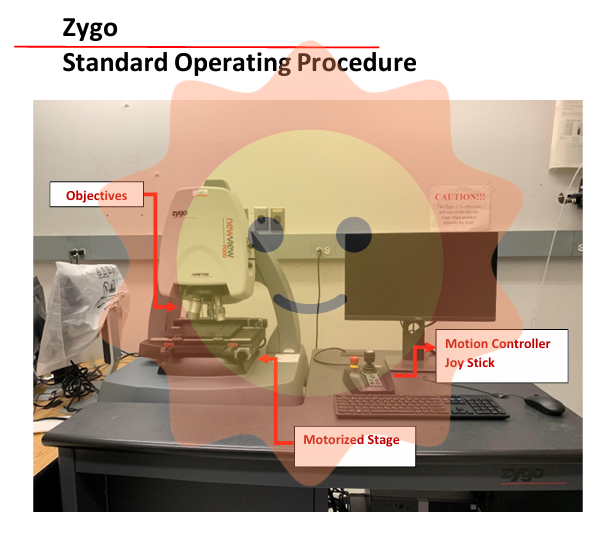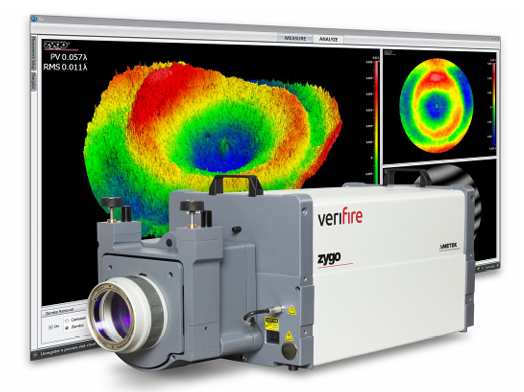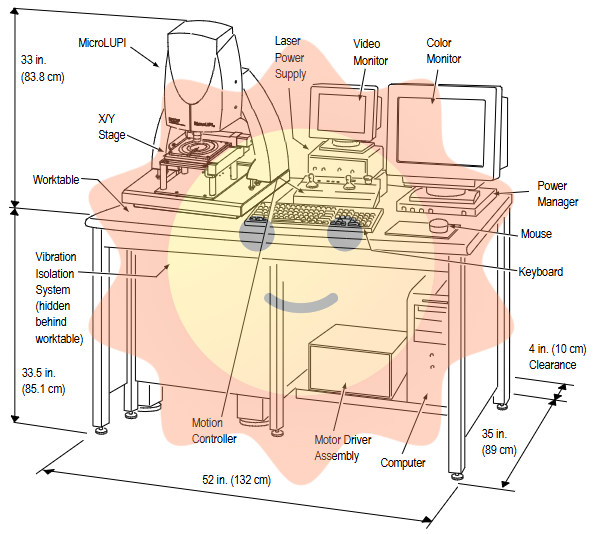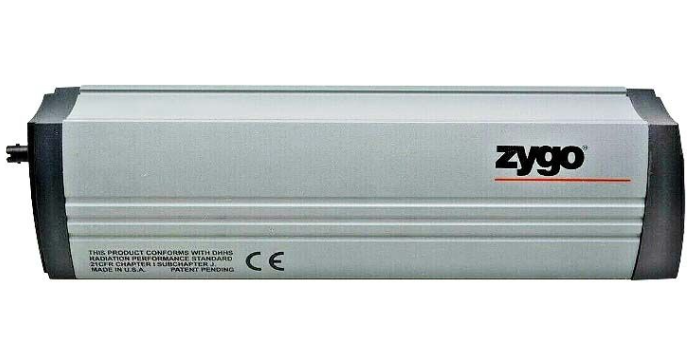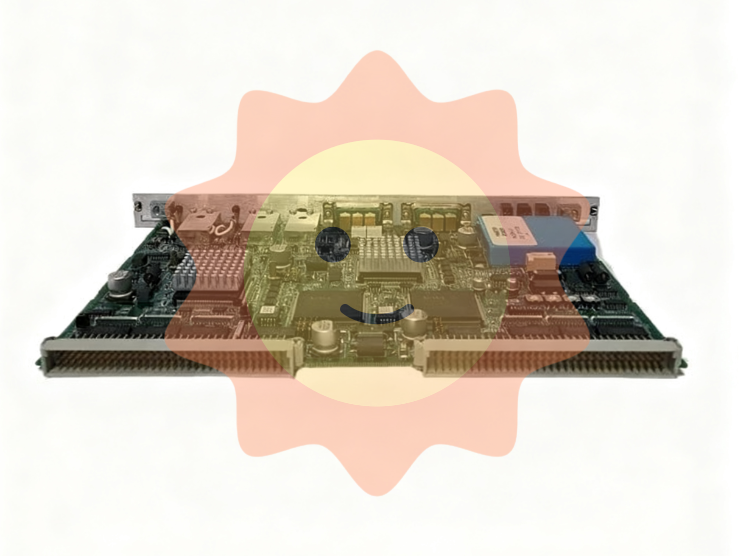COP232.2 is a VME bus standard control unit (model identification including A32/D32 address/data bus specifications, 029.232 part number, and 446 controller identification) launched by Alstom. It is a core processing module in the field of industrial automation, mainly responsible for system coordination, data computation, and peripheral control functions. Its design follows the open architecture of VME bus and is compatible with the Eurocard mechanical standard and asynchronous data transfer protocol.
ALSTOM COP232.2 VME A32/D32.029.232 446 Controller Unit
Equipment core positioning and architecture foundation
Product attributes
COP232.2 is a VME bus standard control unit (model identification including A32/D32 address/data bus specifications, 029.232 part number, and 446 controller identification) launched by Alstom. It is a core processing module in the field of industrial automation, mainly responsible for system coordination, data computation, and peripheral control functions. Its design follows the open architecture of VME bus and is compatible with the Eurocard mechanical standard and asynchronous data transfer protocol.
VME bus core support
Transmission mechanism: Adopting asynchronous communication method, the data rate can reach up to 500Mb/s, supporting dynamic switching of 16-64 bit address/data width, and adapting to mixed networking of devices with different rates.
Scalability: With the support of VME backplane, up to 20 card modules can be connected, supporting 7-level interrupt requests (IRQ1-IRQ7) and multi master device priority scheduling, meeting the requirements of distributed control.
Hardware compatibility: Complies with the 3U/6U Eurocard card size specification, can be embedded in a 19 inch standard chassis, and is compatible with industrial grade conduction cooling solutions (optional for military/extreme environments).
Key technical characteristics
Based on the characteristics of ALSTOM's same series VME modules (such as VCM232.2, SPU232.2) and the VME bus specification, the core parameters of COP232.2 can be summarized as follows:
Technical dimension
Speculative characteristics (based on the same series and bus standards)
According to the source
Processing ability
Built in high-performance industrial grade processor, supporting real-time control algorithm computation
SPU232.2 Same Series Single Processor Design
Bus specifications
A32/D32 (32-bit address/data bus), compatible with VME64 expansion set
Model identification and VME64 32/64 bit expansion features
Communication interface
Integrated CAN bus and VME backplane bus, supporting synchronous communication between devices
Typical interface configuration of Alstom industrial controller
Reliability Design
Wide temperature working range (-40 ℃~70 ℃), with fault self diagnosis function
VME military/industrial grade environmental adaptation characteristics
Storage Expansion
Supports onboard RAM/ROM and external storage module backup configuration parameters
Standardized storage expansion capability of VME module
Core functional positioning
As the main controller of the VME system, responsible for bus arbitration and device scheduling, similar to the core coordination function of the VCM232.2 configuration management module;
Real time processing of sensor data, execution of control logic, and issuance of instructions to slave devices through bus interfaces, suitable for high response demand scenarios.
Typical application scenarios and industry adaptation
Referring to the application fields of similar controllers such as Alstom SPU232.2, the adaptation scenarios of COP232.2 can be divided into three categories:
Rail Transit System
Train signal control: Coordinate the linkage between turnouts, signal lights, and platform safety doors to ensure the accuracy of train scheduling;
Vehicle control system: processes vehicle status data to achieve real-time response of braking and traction systems.
Energy and Power Industry
Power plant equipment control: monitoring the operating parameters of key equipment such as boilers and turbines, executing start stop and adjustment logic;
Substation automation: As a distributed control node, it enables remote operation and fault protection of circuit breakers and relays.
Industrial automation field
Heavy machinery control: such as motion trajectory control and load monitoring of mining equipment and port cranes;
Process control system: Coordinate the synchronous operation of multiple equipment in chemical and metallurgical production lines to optimize production efficiency.
Maintenance and replacement reference
Maintenance points
Adhere to VME system maintenance standards: power off before inserting and removing modules to prevent bus signal conflicts;
Regularly check the bus communication status and processor operation through diagnostic functions to avoid heat dissipation failures caused by dust accumulation.
Alternative and upgrade suggestions
If the equipment is discontinued, priority can be given to Alstom's new generation VME controller (such as the VCM232.2 upgraded model);
Long term upgrades can switch to the VPX bus architecture (VME upgrade standard) to increase data transmission rates to the Gb level.

- User name Member Level Quantity Specification Purchase Date
- Satisfaction :
-









Email:wang@kongjiangauto.com

